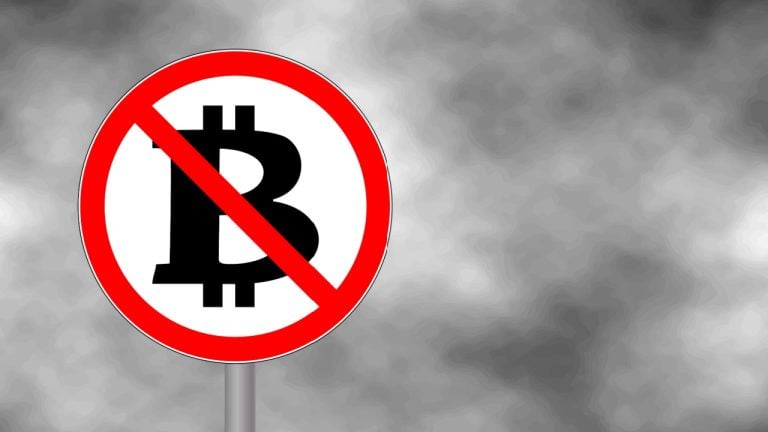
Japan Credit Bureau will develop its CBDC infrastructure in collaboration with IDEMIA and Softspace.
Japan Credit Bureau (JCB), a Japanese analog to international payments systems like Visa or Mastercard, announced the start of its central bank digital currency (CBDC) infrastructure testing. The project will assumably prepare the payments platform for a national CBDC, which is currently being tested by the Bank of Japan (BoJ).
The infrastructure project, announced by the company in local media, will come under the title JCBDC and aims at adjusting the JCB’s existing credit card infrastructure for CBDC payments. The France-based provider of facial recognition technology IDEMIA and Malaysian Softspace will collaborate with JCB in the platform’s development.
The platform will consist of three major directions — a touch payment solution, an issuance and provision of plastic cards for CBDC and a simulation of the working CBDC environment. JCB also plans to adjust the mobile payment tools and QR codes, but in the later stages of testing.
JCB plans to develop a payment solution by the end of 2022 and start the demonstration experiments at actual stores by the end of March 2023.
The BOJ shared a three-phase trial outline for its CBDC back in Oct. 2020. The second phase of the trials, which would test the technical aspects of the issuance of the digital yen, should start this year. According to the BoJ governor, the digital yen could launch by 2026, and the decision won’t be made by the central bank alone.
Related: Japan is losing its place as the world's gaming capital because of crypto hostility
There is still no certainty about the project launch or the possible scope of its implementation. In January, the former head of the BOJ’s financial settlement department advised against using the digital yen as a part of the country’s monetary policy.
JCB is not a newcomer to digital innovations — it started a pilot of a digital identity interoperability system based on blockchain technology in collaboration with Fujitsu Laboratories in 2020.


